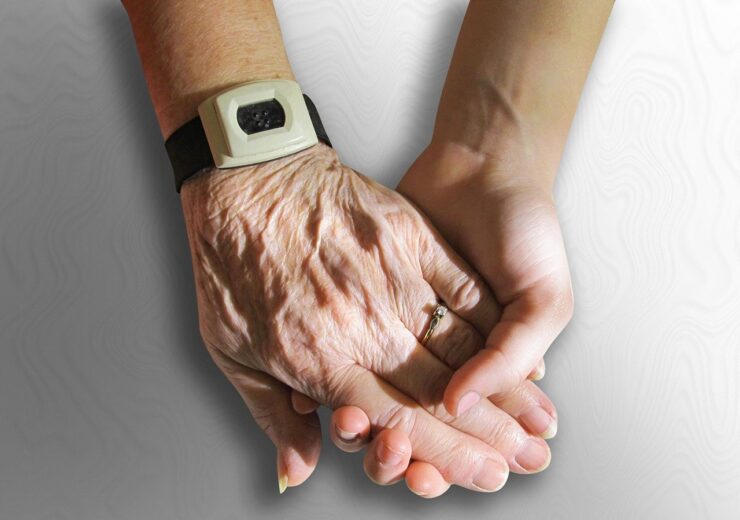The algorithm offers an advanced method for monitoring ageing that takes into account a person's current ageing rate

TruDiagnostic has unveiledlaunches TruAge PACE to identify track short-term changes in biological ageing rate. (Credit: PublicDomainPictures from Pixabay)
Biodata research company TruDiagnostic has launched TruAge PACE, the company’s 3rd generation ageing algorithm for precise tracking of age interventions.
TruAge PACE is a biological pace of ageing test that monitors short-term changes in the biological ageing rate.
Over the course of 50 years of longitudinal research, the Dunedin Pace of Ageing Algorithm (PACE) was developed by scientists from Duke and the University of Otago.
According to the TruDiagnostic, the algorithm provides an advanced method for monitoring ageing that takes into account a person’s current ageing rate.
The algorithm has been used in ageing studies where it demonstrated that those who age more quickly are more likely to have negative health outcomes such as an increased likelihood of chronic disease diagnosis and mortality.
An increased long-term risk of cardiovascular illnesses, Alzheimer’s disease, and other chronic diseases were also seen in cohorts who aged faster.
Along with measurements related to the quality of life such as balance, muscle mass, IQs, and mental processing speeds, faster ageing is also linked to face ageing.
In the studies, PACE is claimed to have offered a high level of precision, while displaying a strong ability to respond favourably to interventions that are known to enhance phenotypes of ageing.
With PACE, people can identify accelerated ageing at an early age and take proactive steps to stop it as young adults rather than attempting to reverse the cumulative consequences of ageing, said TruDiagnostic.
According to the biodata research company, PACE can be used by older individuals as well to track the effects of interventions and real-time changes to lifelong health risks. For this, they need to undergo a test that requires only a few drops of blood and two to three weeks of lab processing, said the company.
